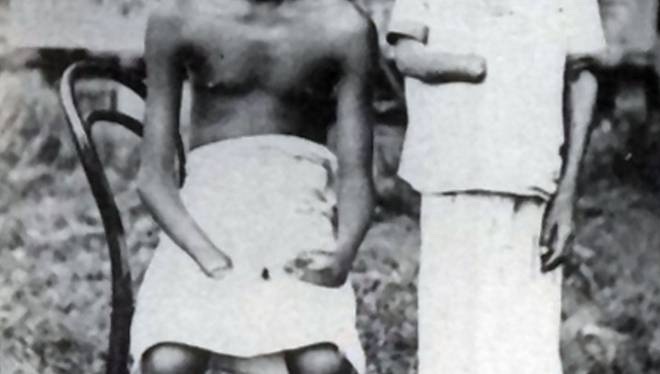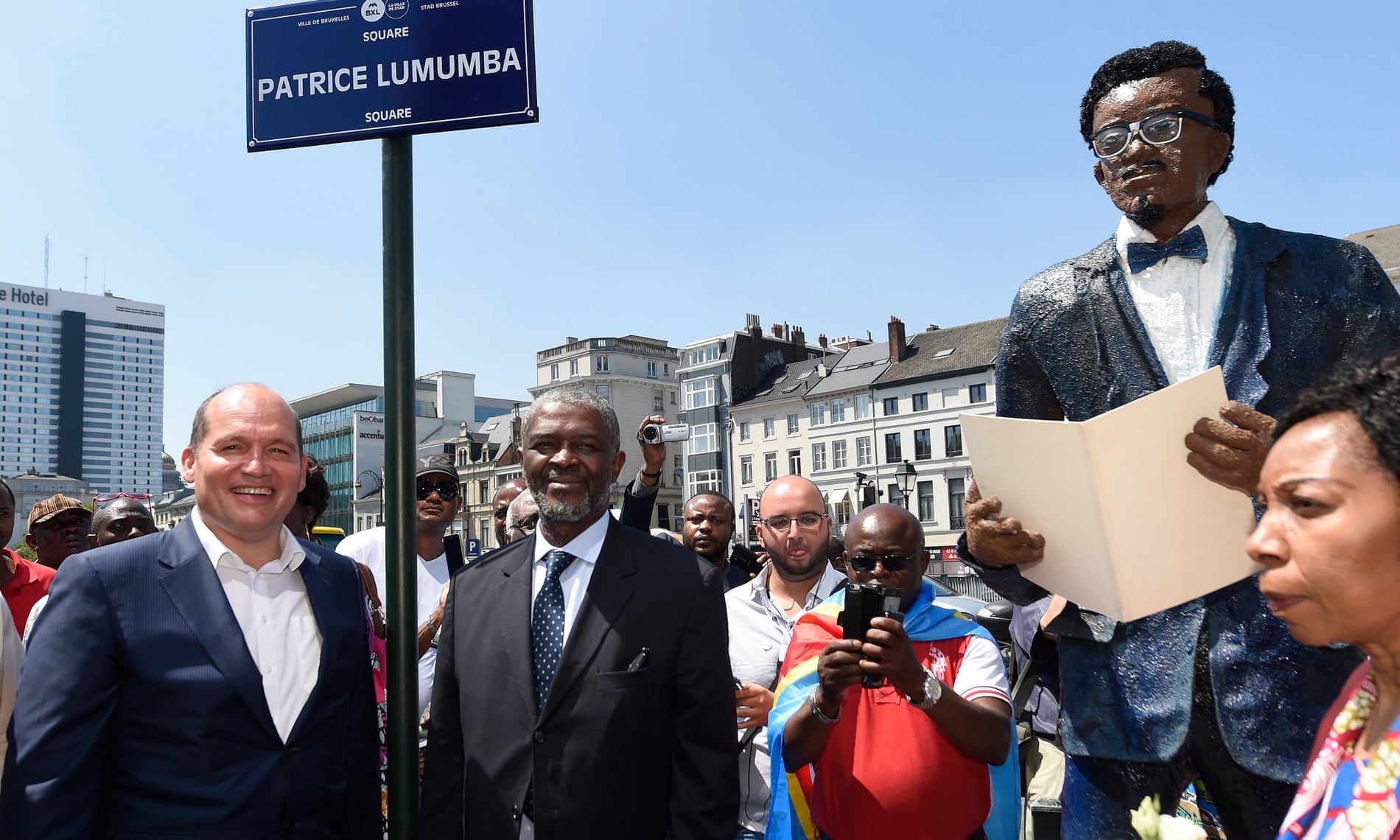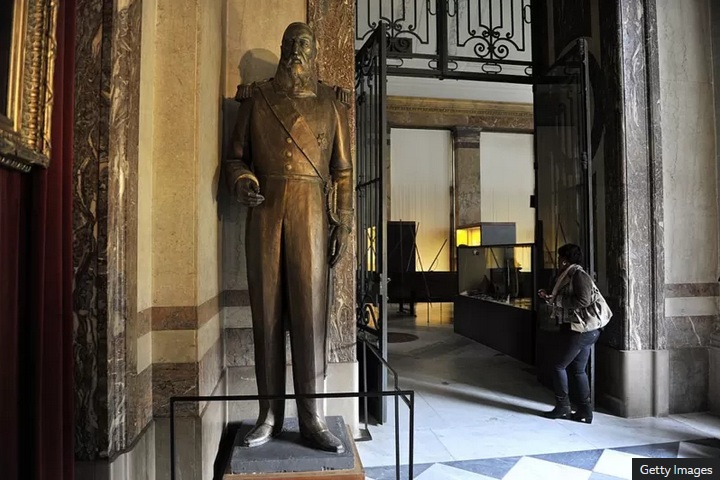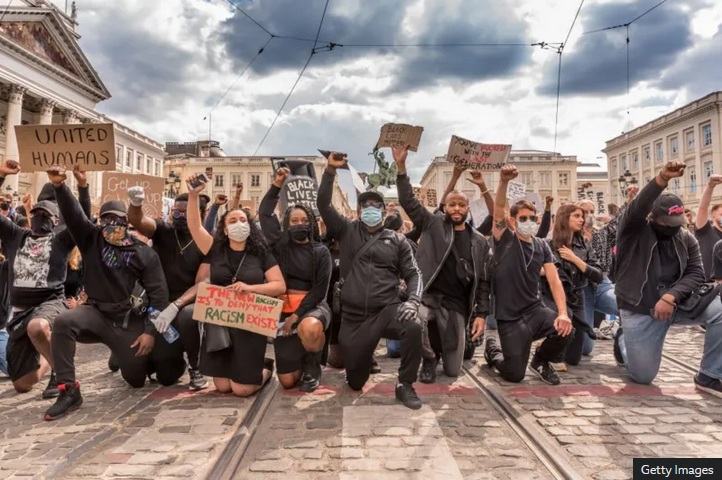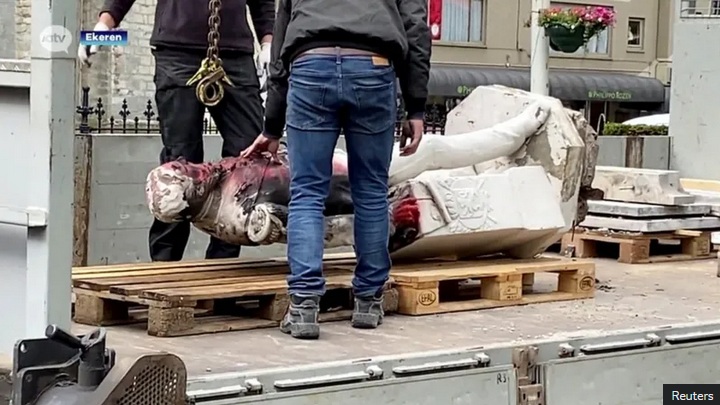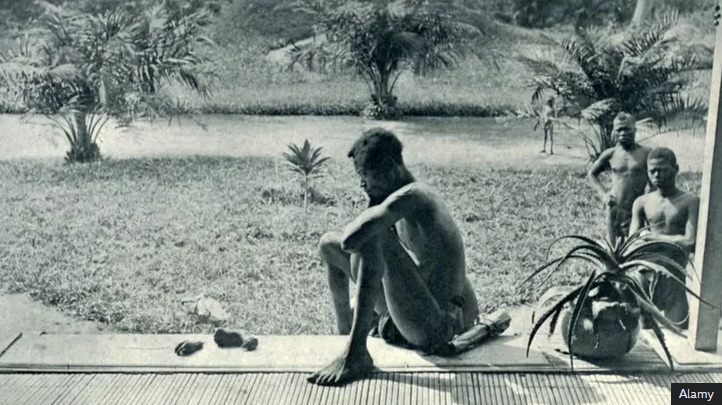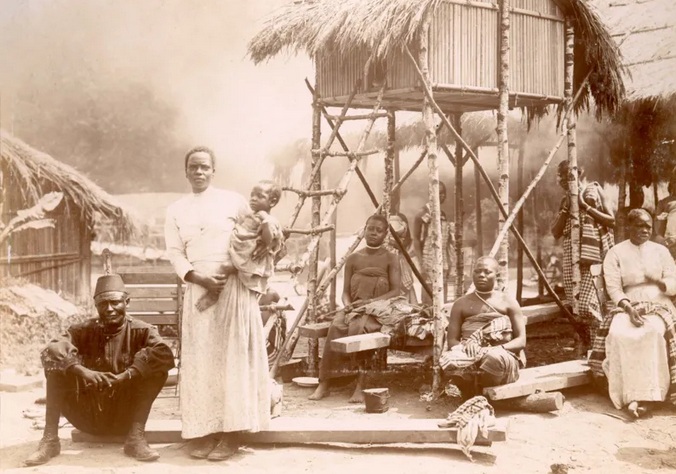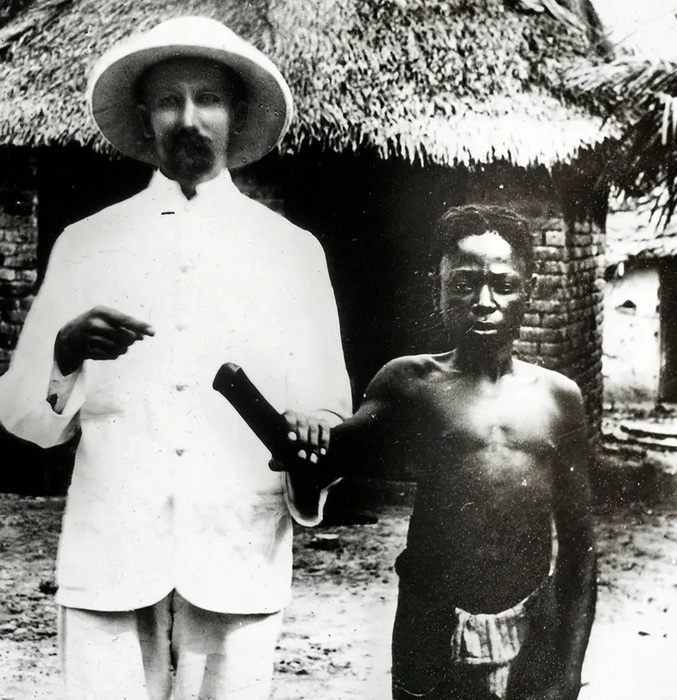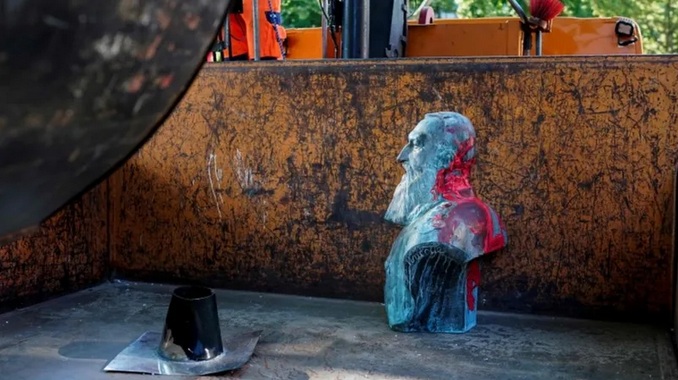Artikel über den
brutalen, "christlich"-belgischen
Kolonialismus in Afrika im
Belgisch-Kongo
23.11.2019: Belgien
sieht sich mit dem brutalen
kolonialen Erbe Leopolds II.
konfrontiert
(ENGL orig.: Belgium begins to
face brutal colonial legacy of
Leopold II)
https://www.theguardian.com/world/2019/nov/23/belgium-begins-to-face-brutal-colonial-legacy-of-leopold-ii
A century after millions died in
Congo, attitudes (and street names)
are changing
Daniel Boffey (link)
- Brussels
Sat 23 Nov 2019 16.35 CET
Last modified on Sat 23 Nov 2019
19.40 CET
In the last years of the 19th
century and beginning of the 20th,
King Leopold II of Belgium ruled the
Congo Free State with a tyranny that
was peculiarly brutal even by the
cruel and deeply racist standards of
European colonialism in Africa. He
ran the country – now known as the
Democratic Republic of Congo – as a
personal fiefdom, looting ivory and
rubber and murdering millions before
the international community stepped
in to demand he bequeath the country
to the Belgian state.
Yet debate over his legacy has remained muted in Belgium, where hundreds of roads are named after the king along with memorials dedicated to his memory and glory.
Now, under
pressure from a growing movement
that believes Belgium needs to
confront its past, attitudes in the
corridors of power are starting to
change. As part of a belated
reckoning with its colonial history,
museums are showcasing sins that
were previously overlooked, the tone
of history books in school is
shifting and, in a development
unthinkable until recently, cities
have started to remove street signs
commemorating Leopold II and openly
denounce his legacy.
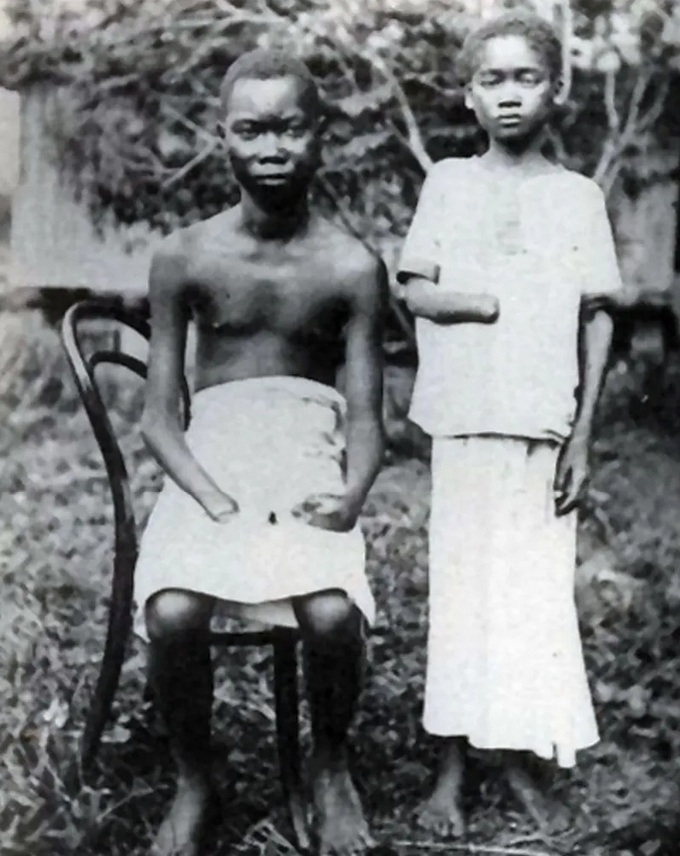
Congo: 2 children without right hand, amputaded by criminal "Christian" colonial forces of Belgium [1]
